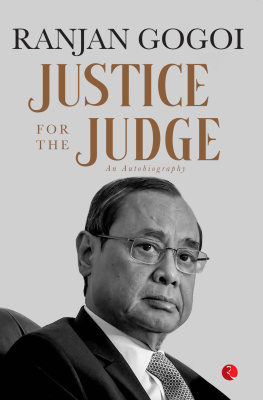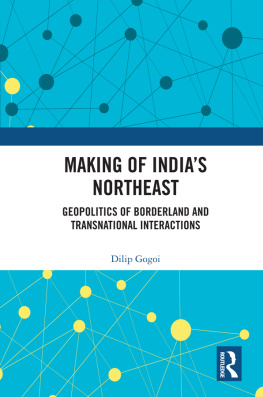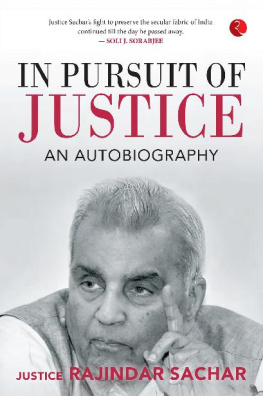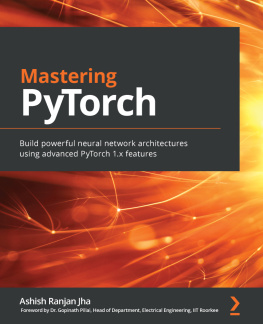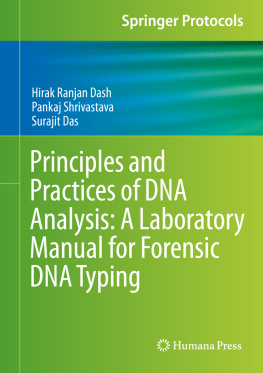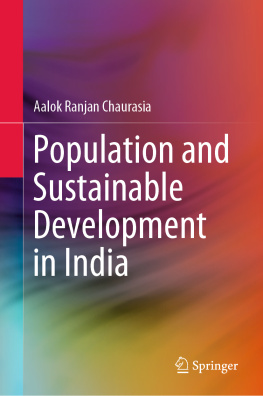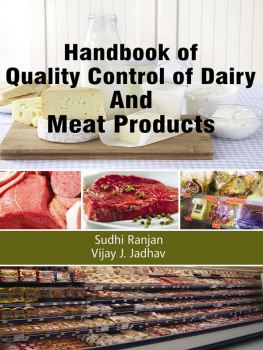Ranjan Gogoi - JUSTICE FOR THE JUDGE: AN AUTOBIOGRAPHY
Here you can read online Ranjan Gogoi - JUSTICE FOR THE JUDGE: AN AUTOBIOGRAPHY full text of the book (entire story) in english for free. Download pdf and epub, get meaning, cover and reviews about this ebook. year: 2021, publisher: Rupa Publications, genre: Religion. Description of the work, (preface) as well as reviews are available. Best literature library LitArk.com created for fans of good reading and offers a wide selection of genres:
Romance novel
Science fiction
Adventure
Detective
Science
History
Home and family
Prose
Art
Politics
Computer
Non-fiction
Religion
Business
Children
Humor
Choose a favorite category and find really read worthwhile books. Enjoy immersion in the world of imagination, feel the emotions of the characters or learn something new for yourself, make an fascinating discovery.
- Book:JUSTICE FOR THE JUDGE: AN AUTOBIOGRAPHY
- Author:
- Publisher:Rupa Publications
- Genre:
- Year:2021
- Rating:3 / 5
- Favourites:Add to favourites
- Your mark:
- 60
- 1
- 2
- 3
- 4
- 5
JUSTICE FOR THE JUDGE: AN AUTOBIOGRAPHY: summary, description and annotation
We offer to read an annotation, description, summary or preface (depends on what the author of the book "JUSTICE FOR THE JUDGE: AN AUTOBIOGRAPHY" wrote himself). If you haven't found the necessary information about the book — write in the comments, we will try to find it.
JUSTICE FOR THE JUDGE: AN AUTOBIOGRAPHY — read online for free the complete book (whole text) full work
Below is the text of the book, divided by pages. System saving the place of the last page read, allows you to conveniently read the book "JUSTICE FOR THE JUDGE: AN AUTOBIOGRAPHY" online for free, without having to search again every time where you left off. Put a bookmark, and you can go to the page where you finished reading at any time.
Font size:
Interval:
Bookmark:


Published by
Rupa Publications India Pvt. Ltd 2021
7/16, Ansari Road, Daryaganj
New Delhi 110002
Copyright Ranjan Gogoi 2021
Photos courtesy: Author Archives
The views and opinions expressed in this book are the authors own and the facts are as reported by him which have been verified to the extent possible, and the publishers are not in any way liable for the same.
All rights reserved.
No part of this publication may be reproduced, transmitted, or stored in a retrieval system, in any form or by any means, electronic, mechanical, photocopying, recording or otherwise, without the prior permission of the publisher.
ISBN: 978-93-5520-188-1
First impression 2021
10 9 8 7 6 5 4 3 2 1
The moral right of the author has been asserted.
This book is sold subject to the condition that it shall not, by way of trade or otherwise, be lent, resold, hired out, or otherwise circulated, without the publishers prior consent, in any form of binding or cover other than that in which it is published.
Dedicated to my mother, Shanti Gogoi, who taught me to live with courage, conviction and compassion

PROLOGUE
1970, New Delhi. A boy aged 15 and a half from the district town of Dibrugarh in north-eastern Assam arrived in Indias capital to study at Delhi University (DU). He was in for a shock. He was told he could not be admitted as he was underaged. The teenager persisted, finally secured a relaxation in the age guideline and joined St Stephens College, from where he graduated. After eight years in the national capital, the youth returned to Assam with a law degree. He spent long hours at the study table, burning the midnight oil, and achieved a degree of success in the legal profession, which led to his elevation as a High Court judge at the relatively young age of 46. This was followed by appointment as chief justice of the Punjab and Haryana High Court in Chandigarh. Very soon, he retraced his steps back to the national capital to serve as a judge of the Supreme Court of India, and subsequently as its chief justice. This is the story of that boy, Ranjan Gogoi. My story.
Forty-eight years after I first set foot in New Delhi, on 3 October 2018, at 10.45 a.m., President Ram Nath Kovind administered the oath of office of the Chief Justice of India (CJI) to me at a glittering ceremony in the Durbar Hall of Rashtrapati Bhavan. In less than a minute, my life had changed. Heading the judicial institution of the worlds second most populous country was a huge challenge. After the ceremony, I went to meet my mother, Shanti Gogoi, who had come from Assam for the occasion. She told me that the people of India had placed me in the highest chair in the judiciary with great hope and expectations and that I had to ensure that all this is not lost when I demitted office.
Justice for the Judge traces my journey from my hometown, Dibrugarh, to 5, Krishna Menon Marg (the official residence of the CJI) and the first court of the country and thereafter my rather unusual passage to Parliament. The memoir chronicles both and proffers the reader insight into the reasons for my entry to the temple of Indias democracy.
The first part of the book describes my formative years in a traditional, middle-class Assamese family helmed by my far-sighted mother and sans any display of male superiority by the breadwinner (my father), himself an accomplished lawyer who later enjoyed a successful career in politics. This is followed by a detailed account of the events during my tenure as a High Court judge, as a judge of the Supreme Court, and, finally, as the CJI. I would like readers to judge for themselves if I managed to fulfil my mothers wish that carried with it the hopes of millions. It is for these millions that I writeto enable them to know how judges live and work, and decide whether judges in India get justice in life.
This book is a frank revelation of what transpires behind the majesty of the courtroom; what goes into the process of rendering path-breaking judgments that mould the life of the nation and its citizens; how appointments to high judicial office are made and how decisions affecting the vitality of the judicial system of the country are taken. The contents are revealing because it is necessary for the average citizen to have more than a glimpse of the working of the institution of the judiciary. Readers will also find an account of what lies behind the glitter and glamour of the high office of a judge of the Supreme Court or of the CJI and derive a better understanding of the life of a judge or chief justice. My attempt is to reach out, and in doing so I have been as forthright as always.
Misplaced apprehensions about the contempt law make silence a viable option for the right-thinking majority, while its efficacy or lack of it provides adequate opportunity to disseminators of misinformation to accuse judges of committing wrong in every sphere of activity; for the latter know no fear, a phenomenon that has been growing of late at an alarming rateto the detriment of the system. An accurate perspective of the working of the judicial system and clearing of the fog of misinformation is the imperative need of the judiciary and this is what the book for the major part seeks to accomplish.
A tenure in the Supreme Court of a little over seven-and-a-half years is undoubtedly a considerable period. Many important decisions, both judicial and non-judicial (administrative), had to be taken. Some of these decisions had their own ramifications, significance and consequences though to me they were all routine decisions taken during the course of performing my duties as a judge. To me, all cases and questions that came before me in court were equally important. Yet, after retirement, I was made increasingly aware that some of my decisions were of great significance and in reaching them, I had veered away from the traditional path of judicial decision-making. Ayodhya, Rafale and electoral bonds, among others, are the frequently mentioned cases in which the judicial verdict is alleged to have been consciously rendered to favour the government in power. This book candidly lays forth my inability to comprehend the basis for such perceptions.
The book narrates how I dealt with the most formidable challenge that came my way during the almost two decades of judicial tenure: the Ayodhya case. I chose not to shirk what I inherited from my predecessors but to bite the bullet and to lead the adjudication of one of Indias oldest-standing disputes.
While the contribution of my brother judges, the registry, as well as the co-operation of the lawyers, must be acknowledged, what cannot be lost sight of is that without the iron will of the CJI as the leader, the culmination of the matter would not have been possible. The closure of the case, regardless of the way the decision went, was a matter of great personal satisfaction, not for any other reason but for being able to surmount the most challenging task that had ever come before me.
I do not for a moment regret the negativity created and the personal attacks that I had to withstand, and continue to withstand, owing to the outcome of the case. All sorts of malignant things about me and my integrity have been said, and will continue to be said, by certain sections. But there is the other sidethe respect of the huge neutral populace, which convinces me of the shallowness of social media and the importance in life of having the courage to take decisions true to ones conscience, without favour and without fear of consequences or brickbats from certain quarters. The Ayodhya chapter deals with all this in vivid detail.
Next pageFont size:
Interval:
Bookmark:
Similar books «JUSTICE FOR THE JUDGE: AN AUTOBIOGRAPHY»
Look at similar books to JUSTICE FOR THE JUDGE: AN AUTOBIOGRAPHY. We have selected literature similar in name and meaning in the hope of providing readers with more options to find new, interesting, not yet read works.
Discussion, reviews of the book JUSTICE FOR THE JUDGE: AN AUTOBIOGRAPHY and just readers' own opinions. Leave your comments, write what you think about the work, its meaning or the main characters. Specify what exactly you liked and what you didn't like, and why you think so.

